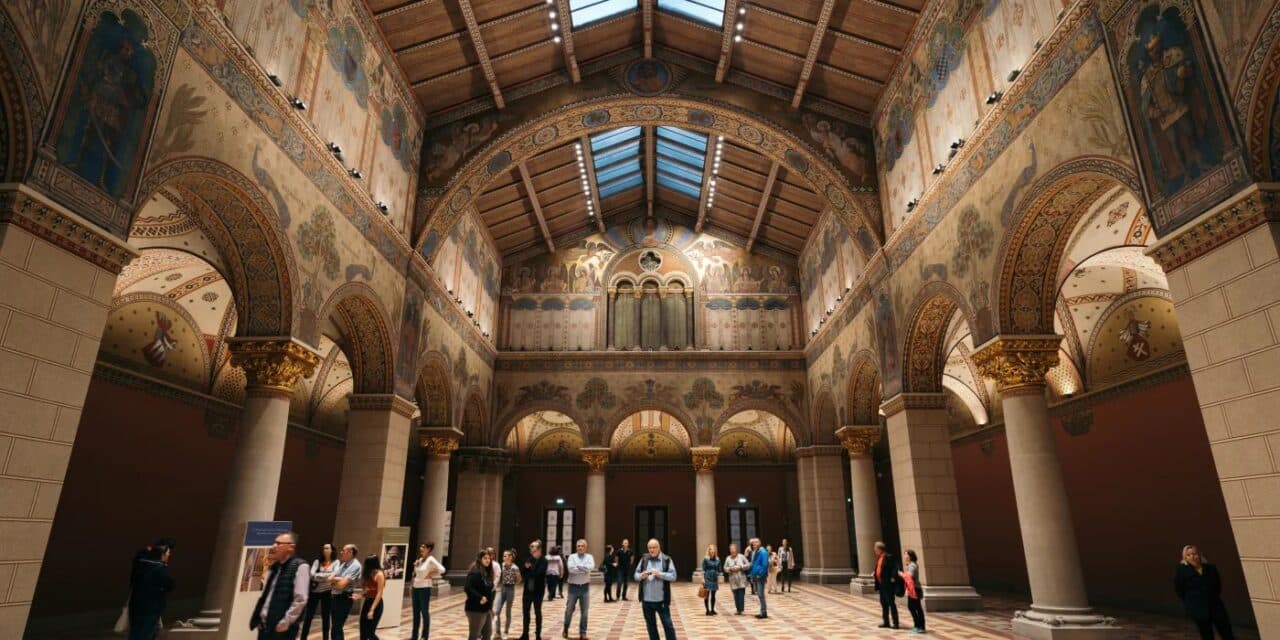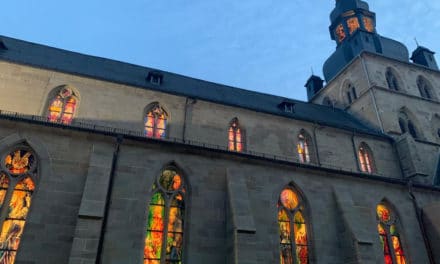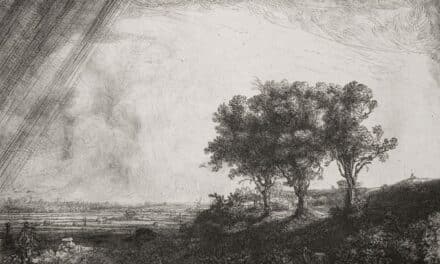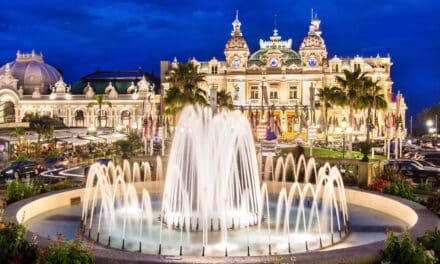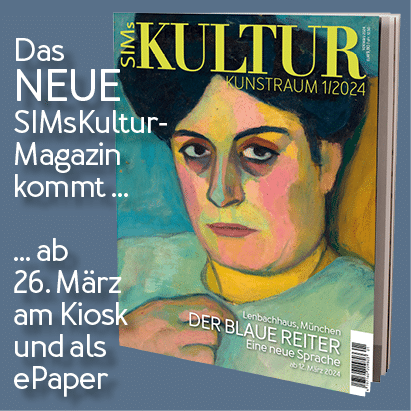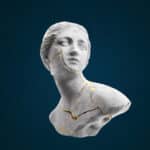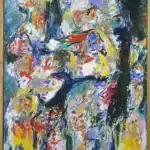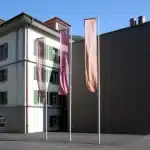Opened in 1906, the Museum of Fine Arts is considered one of the most important museums in Europe. Its multifaceted collections and historical continuity, coupled with its large number of masterpieces, undoubtedly give it a high status among public collections. The Museum of Fine Arts displays the treasures of international and Hungarian art from antiquity to the end of the 18th century, while its large-scale temporary exhibitions attract hundreds of thousands of visitors.
Following the most extensive renovation project in its history, the museum reopened at the end of 2018. Thanks to the modernization, the Museum of Fine Arts now meets the requirements of the 21st century in terms of collection care and visitor retention.
Parallel to the reconstruction, the permanent exhibitions were also renewed: the collection of Hungarian art before 1800 - which was separated from international art in two stages after 1957 and transferred to the Hungarian National Gallery - came "home" after a long absence. As a result, the museum returns to its original concept introduced at the time of its opening in 1906 and once again functions as an exhibition venue presenting Hungarian and international art history to the public. The museum not only displays ancient cultures thanks to its collections of Egyptian and classical antiquities, but also houses works of art from before 1800.
Over the course of its century-long history, the number of works in some of the Museum of Fine Arts' collections has multiplied, and new sections have been added. The number of works of art found in the museum today exceeds 120,000.
Permanent exhibitions
Ancient Egypt
The renewed permanent Egyptian exhibition at the Museum of Fine Arts awaits visitors in a larger space than before, supplemented by many new objects and themes. The new concept presents the world of Ancient Egypt, divided into three large thematic units: Temple - Gods; Nile Valley - People; Tomb - Dead. The new exhibition conveys the most important findings of the era in a spectacular, understandable and scientifically correct way, using interactive tools. The exhibition also includes an "Egyptian Chamber of Horrors", in which many other exciting facts await visitors.
Antiquity
The new permanent exhibition of the Collection of Classical Antiquities serves to present the classical antique tradition. The focus is on Greek, Etruscan and Roman culture and, in a broader sense, the Mediterranean basin, whose ancient world we approach in three parts from three different perspectives.
Special tip: Permanent exhibitions in the Alte Galerie
European art 1250-1600
European art from more than two centuries, from the 13th century to the end of the 16th century. Gothic, early and late Renaissance and Mannerist materials from the Alte Galerie are housed here.
In the selection of almost four hundred pieces, the art of the Italian regions - primarily Tuscany, Veneto, Emilia, Romagna, Rome and Lombardy - is most richly represented, but Dutch, German and Spanish painting is also represented.
At certain points in the exhibition, great emphasis is placed on the masters who shaped the respective epoch or art circle and created styles: for example Lucas Cranach , Raffaello , Leonardo da Vinci or El Greco . The themed rooms provide a more complex overview of the individual genres, types of representation, styles and the original purpose of the objects. The paintings on display are complemented by sculptures, engravings and objects of applied art.
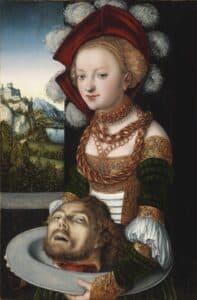
Lukas Cranach the Elder, Salome with the head of St. John the Baptist, Kronach, 1472 - Weimar, 1553 © Museum of Fine Arts Budapest
European Art 1600-1700
Almost all genres, schools and styles of the 17th century are represented in the selection of more than three hundred paintings exhibited in eleven rooms and sixteen cabinets.
Caravaggio's art is presented in different ways and to varying degrees. In the adjoining room, large works of Flemish painting by Peter Paul Rubens, Anthonis van Dyck and Jacob Jordaens are represented. In the next room, paintings by Rembrandt's colleagues and pupils represent the art of the Dutch Golden Age.
In the following rooms, visitors can get to know the diversity of mature Baroque painting from the Italian, French and German territories.
In two large halls and the six adjoining cabinets, visitors can enjoy masterpieces from the most important genres of genre, still life and landscape painting, which took on a life of their own in the 17th century.
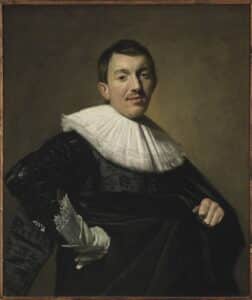
Franz Hals, Male counterpart, Antwerp, 1582/1583 - Haarlem, 1666 © Museum of Fine Arts Budapest
European Art 1700-1800
The exhibition presents the finest pieces from the extremely rich and varied part of the collection in a scholastic and thematic selection. Spanish and colonial painting material was placed in the first room. Francisco de Goya y Lucientes stood out as a unique, uncompromising genius among the Spanish artists of his time.
In France, after the death of the Sun King, the Baroque style finally gave way to the decorative and elegant Rococo. This period is represented by the works of Jean-Étienne Liotard, Jean-Baptiste Greuze and Hubert Robert.
The first part of the next exhibition unit is entitled German and Austrian Painting from the Baroque to Classicism . In this room, German painters based in Rome deserve special attention: the works of Anton Raphael Mengs, Angelika Kauffmann and Johann Heinrich Wilhelm Tischbein . These painters had such important guests and fellow residents in the Eternal City as Johann Joachim Winckelmann and Johann Wolfgang Goethe.
In the second part of the room we present the important centers of Italian art of the century, Bologna, Rome, Naples and Lombardy.
Venice, which has already lost so much of its economic and political power but has now developed into a tourist center and a popular meeting place for the European elite, has been given its own exhibition unit. The most prominent artist of this second golden age of Venetian painting was Giovanni Battista Tiepolo, who possessed an inexhaustible wealth of imagination and recreated myths and legends with unprecedented intellectual freedom and, on more than one occasion, irony.
In the last room of the exhibition, we present a selection from the Alte Galerie's rich collection of landscape and city views. Masterpieces such as Bernardo Bellotto's The Arno Bank in Florence and Canaletto's Zsilip in Dolo can be seen in the room
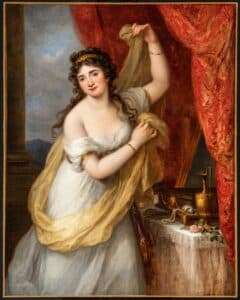
Angelika Kaufmann, Lady at the dressing table, 1807 Chur, 1741 - Rome, 1807 © Museum of Fine Arts Budapest

